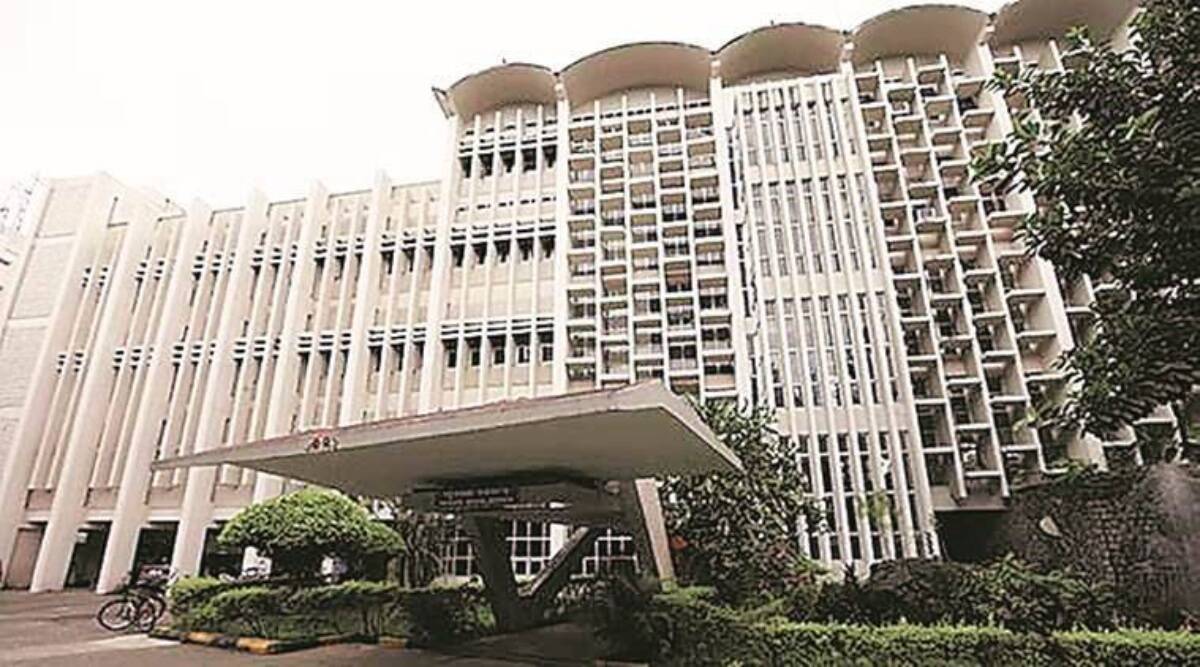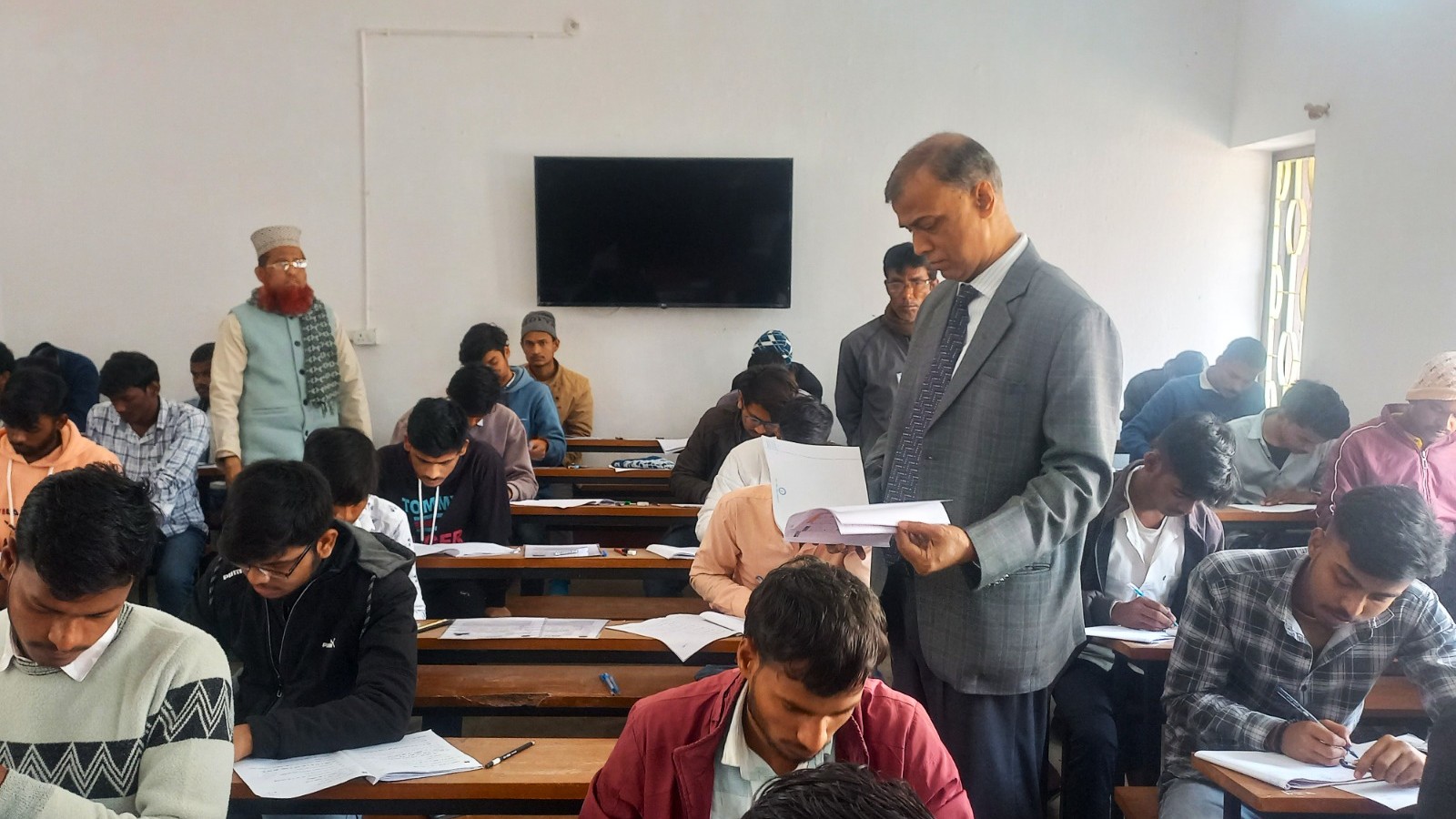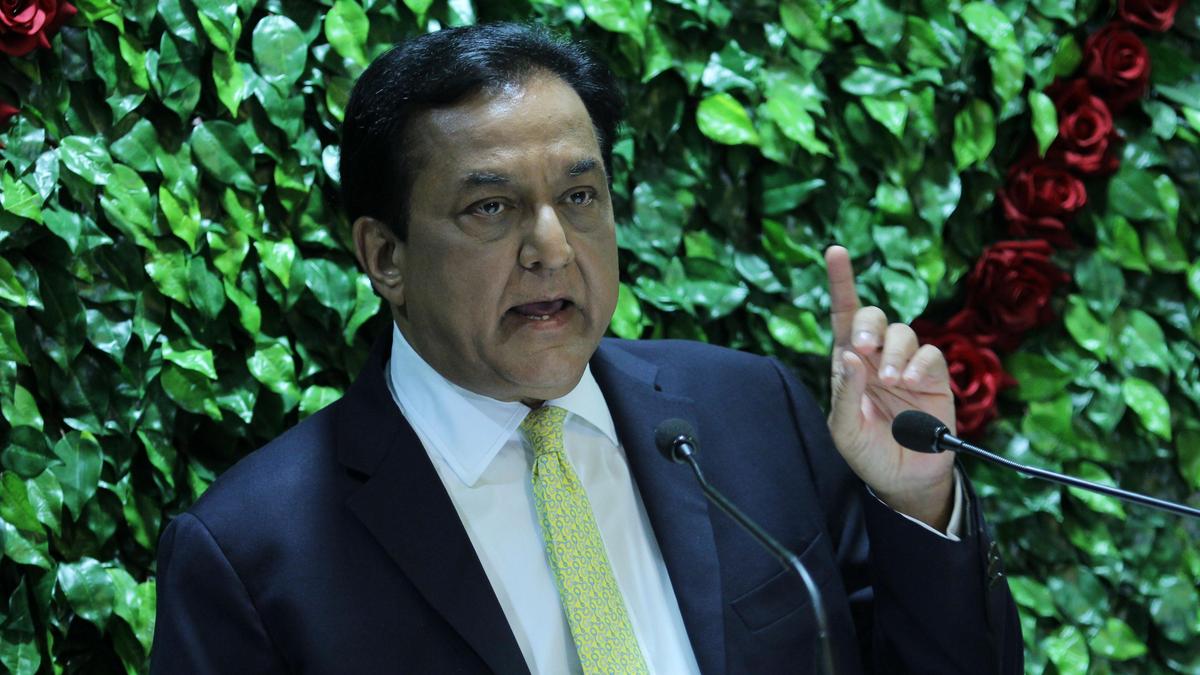The National Institutional Ranking Framework (NIRF) 2025 rankings are expected to be announced by the first week of August. According to confirmation received from the National Board of Accreditation (NBA), the rankings are likely to be released after the Ministry of Education announces a date.
The NIRF — released annually — assess and rank higher education institutions across the country based on a structured methodology. This year, several key changes are being introduced to the framework, including new parameters and methodological revisions.
What’s new in NIRF 2025?
One of the major additions to the NIRF framework in 2025 is the introduction of a new category focused on Sustainable Development Goals (SDGs).
Top open universities in India: NIRF 2024 Rankings
In addition to the new SDG category, a significant change has been introduced under the research component of the rankings. For the first time, the framework will include negative marking for the retraction of research papers. As confirmed by Anil Sahasrabudhe, chairperson of the NBA, a formula has been developed to apply negative weightage depending on either the number or percentage of retracted publications.
While the penalty applied this year will be minor, the chairman stated that “the gravity of negative scoring would increase” in subsequent years, till the issue is addressed.
Top 10 agriculture and allied sector colleges in India: NIRF 2024 Rankings
Story continues below this ad
Apart from the new additions, the 2025 rankings will also feature updates to the existing evaluation process. The negative scoring mechanism introduced for retracted publications will apply specifically under the “Research and Professional Practices” parameter, which evaluates institutions based on publication volume, quality (through citation counts), and other research-related metrics.
How are NIRF rankings processed?
The NIRF rankings are based on five broad parameters—Teaching, Learning and Resources; Research and Professional Practices; Graduation Outcomes; Outreach and Inclusivity; and Perception. The methodology is guided by recommendations of a core expert committee constituted by the Ministry of Education.
The ranking process begins with the finalisation of the framework for the year. Institutions then go through a pre-registration and registration phase. Following that, they are required to upload comprehensive datasets through the Data Capturing System (DCS), which include information on faculty, students, financials, research, citations, patents, and infrastructure. Institutions must also host these datasets publicly on their websites to maintain transparency.
The submitted data is then opened for validation. Stakeholders and the public are invited to provide comments, following which institutions may be asked to make corrections, if necessary. Peer perception is captured through an independent survey conducted as part of the process. After all verification, feedback, and analysis are completed, the final rankings are released.
Story continues below this ad
NBA introduced major changes in the previous edition
Last year also brought in several updates to the framework. Two new institutional categories, Open Universities and State Public Universities, were introduced for the first time. A new focus on “Innovation” was added as a ranking dimension, aimed at encouraging institutions to adopt and promote innovative practices in education and research.
Other key changes in 2024 included the removal of self-citations from research metrics across all categories, to ensure a more accurate reflection of citation impact. The Faculty-Student Ratio (FSR) was revised from 1:15 to 1:10 for medical institutions, while it was changed to 1:20 for the newly added category of State Public Universities.
That edition also saw the initial introduction of sustainability-linked parameters, partly influenced by the G20 Mission LiFE (Lifestyle for Environment) initiative. In addition, the framework started factoring in institutional efforts in implementing multiple entry and exit systems, offering courses on Indian Knowledge Systems, and providing instruction in multiple Indian regional languages.
Earlier this year, the Madras High Court issued a temporary restraint against publishing the 2025 NIRF rankings. This followed a Public Interest Litigation which argued that the rankings lacked a reliable foundation and were potentially misleading for students. The petitioner claimed that the methodology used could negatively affect the quality of higher education in the country. While the interim order did not fully halt the ranking process, it added to the ongoing debate around the transparency and reliability of the NIRF system.







